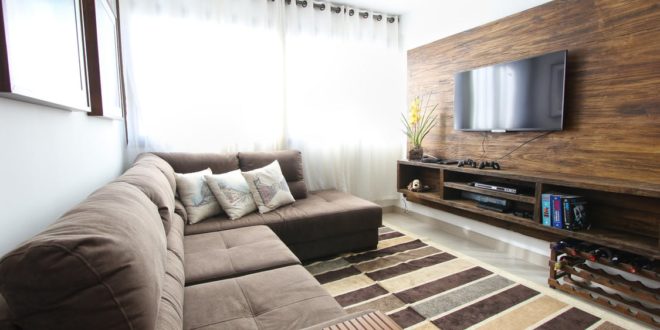If you’ve watched TV anytime in the past year, it’s almost impossible to not have heard of the wildly popular show “This is Us.” If you haven’t heard of it, it’s an hour-long show that airs on NBC which chronicles the life of one family, the Pearsons, across the decades through their searches for love and fulfillment. In the two years “This is Us” has been on the air, the writers have been hugely successful in making their fictional family feel like our very own. Recently though, instead of making headlines for it’s newest gut-wrenching plot twist, it’s making headlines by bringing attention to residential fire safety.
Airing tonight after the Super Bowl is the tragic end and (spoilers) fiery end to the story of one of the most beloved characters in the show. However, the messaging surrounding his tragic death is something Sprinkler Age truly wanted to focus on this evening.
After going on a short late-night cleaning spree in his home’s kitchen, main protagonist Jack turns off an old crockpot and leaves the towel he was just using to wipe down the kitchen next to it. Flash forward to the next scene and we see the crockpot turn itself back on because of what we can only assume was faulty wiring or a faulty switch. Now, this is where the messaging simultaneously takes a great and misleading turn. While it was earlier shown that the smoke alarms did not have batteries, and therefore could not effectively warn the family of the fire that was starting in the kitchen below, the method in which the kitchen fire started is unlikely. We’ve gathered some statistics on home electrical fires to both set your mind at ease (no more wary glares at your crockpot) and to serve as reminders for home fire safety.
- 8 out of 10 fire deaths in the U.S. occur in the home.
- Electrical fires do account for 51,000 fires in a year, with over 500 deaths resulting from those fires, 1400 injuries, and over $1 billion in property damage.
- 9 percent of those 51,000 home fires were attributed to kitchen and cooking equipment
- 65 percent of home fire deaths occur when there are no working smoke detectors.
So as you can see, while home electrical fires can pose a significant risk, there are many steps that can be taken to reduce the likelihood of these fires. Consider the below as safety precautions for your own home:
- Unplug all electronic items when not in use (i.e., when leaving the kitchen, don’t just turn off your crockpot, unplug it!)
- Only have one heat-producing appliance plugged into an electrical outlet at a given time.
- Extension cords are for temporary use only, the safest option is plugging appliances directly into the wall, and unplugging when not in use.
However, what do we do in the cases that even despite our best safety efforts fires start? What can we do to be more fire save in those instances? How can we reduce damage, save lives and property, and escape safely in the event of a fire? The best way is to focus on prevention and be proactive with your fire safety, not reactive. Make sure your smoke detectors have batteries and are tested regularly. That’s one of the biggest lessons the show taught us. But what didn’t the show have that would have made an even bigger difference? Fire Sprinklers. Residential fire sprinklers can stop a fire in its tracks and save lives and property. Here are some of the amazing statistics on all the good home fire sprinklers do:
- Fire sprinklers and smoke alarms together cut your risk of dying in a home fire by 80 percent (relative to having neither)
- Each sprinkler works individually, unlike interconnected smoke alarms, fire sprinklers activate independently (meaning sprinklers could have stopped the kitchen fire in its tracks without going off anywhere else in the home).
- Fire sprinklers slow the spread of deadly heat, toxic smoke, and prevent flashover (fire spread).
- Fire sprinklers are effective whether or not the resident responds to the smoke alarm, they work independently.
- Fire sprinklers can contain and may even extinguish a fire in less time than it takes a fire department to arrive on the scene.
- Nationally, on average, home fire sprinklers cost $1.35 per square foot of sprinklered space in new construction.
- Fire sprinklers don’t have to be an eyesore. Modern residential sprinklers are inconspicuous and can be mounted flush with walls or ceilings.
So what might have been different if the Pearson’s had a sprinklered home? The fire might have been stopped in its tracks before spreading beyond the kitchen, their home might have been saved, their possessions might have been saved, and most importantly, a life might have been saved. Consider home fire sprinklers when you’re shopping for a home, you never know when those precious extra moments might make all the difference.
To learn more about home fire sprinklers visit firesprinkler.org and homefiresprinkler.org.
Sources:
 Sprinkler Age A Publication of the American Fire Sprinkler Association
Sprinkler Age A Publication of the American Fire Sprinkler Association
